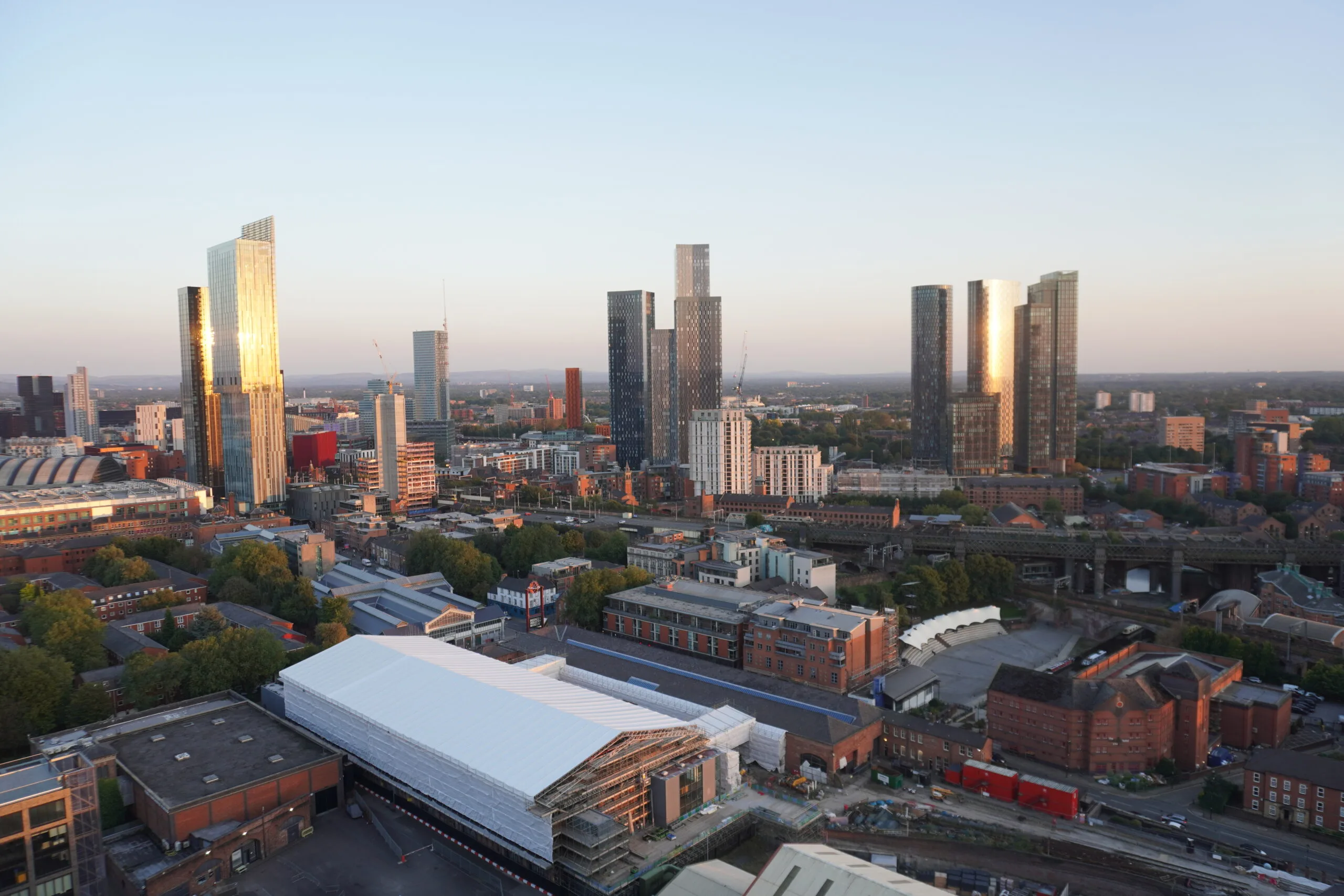After a slow but steady 2017 for the prime residential property sector as top-level buyers exercise caution, Savills predicts modest price growth over the next two years with a small 0.5% uptick in prices in the year ahead.
Over the past five years, prime property prices in the UK have grown by an average of 11.5%, but a major slowdown in the market took it down to just a 0.7% rise in 2017. The last quarter of the year experienced a 0.2% decline overall, led by a poor performance in London, which lost 3.5% of its prime property value over the course of the year.
Political and economic uncertainty is facing much of the blame for the slowdown, as well as stamp duty levels for the top end of the market holding prices back for many – a situation that seems unlikely to change any time soon.
It wasn’t just London that saw prime markets struggling. The surrounding area also felt the knock-on effect, as Londoners are forced further outside to the commuter belt, but with lower budgets. Cambridge, which had enjoyed substantial growth in its prime property prices over the last five years of 37.4%, saw an annual decline of 1.9%.
What’s the outlook?
Bucking the trend for the UK were the north of England and the Midlands, which combined saw prime property values rise by 2.4% over the past year – the highest seen across the UK. Although prices are still 9% below what they were 10 years ago before the credit crunch took effect, the latest price rise is a promising sign for the region.
The past year has seen properties priced at £2m and above decline by 1.2%, while the £500,000 to £1m bracket had a price rise of 1.4%, another indication of the price-sensitive nature of the market.
The report adds: “Sellers will need to stay grounded. Buyers looking to lock into the low interest rate environment and with an eye to longer term price growth, will sense more of an opportunity.”
Based on average prices in the second-hand market (not taking new-builds into account), Savills predicts prime house price rises of 0.5% in 2018, 1% in 2019, 4% in both 2020 and 2021, and 3.5% in 2022, an optimistic view overall despite the short-term softening of the market.









